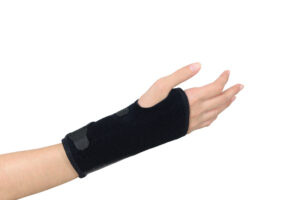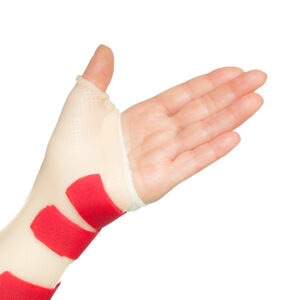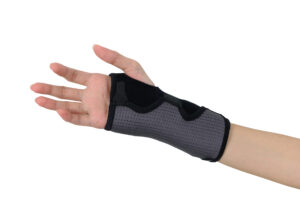Hand and Wrist Splints




Splints provide support and protection to a hand or wrist that might be:
· Weak
· In pain
· Poorly positioned/supported
· Recovering from surgery and/or trauma

Hand and wrist splints come in two forms, custom-made and preformed. Specialists such as occupational and physical therapist as well orthotists will form or fit the splint based on a doctor’s order/prescription. They usually make them from fabric, plastic, or metal, and sometimes all three combined. However, you can also buy premade splints fitted and packaged according to the size of the body part. They are fitted based on the size of the body part. Premade splints can be just as comfortable and effective as custom splints depending on your needs. A splint needs to fit you correctly. Much like a shoe that is too small or too large, poorly fitted splints can cause skin irritation. Talk to your health care professional if you notice:
- Blisters
- Change in skin color minutes after removing the splint
- Numbness, tingling or increased pain when wearing the splint
- Worn out parts of the splint
- The splint fits poorly
Some splints are for resting, and some help your hand move better for tasks like grabbing or pushing. Hand and wrist splints may have resting components while also having movable parts to return some function into the hand. Talk to your health care professional about when and how long to wear the splint. Check the instructions for cleaning your splint. Some splints can be machine washed. Many are made from thermal plastics that warp out of shape when exposed to heat, even directsunlight in a window and should only be wiped out. 
